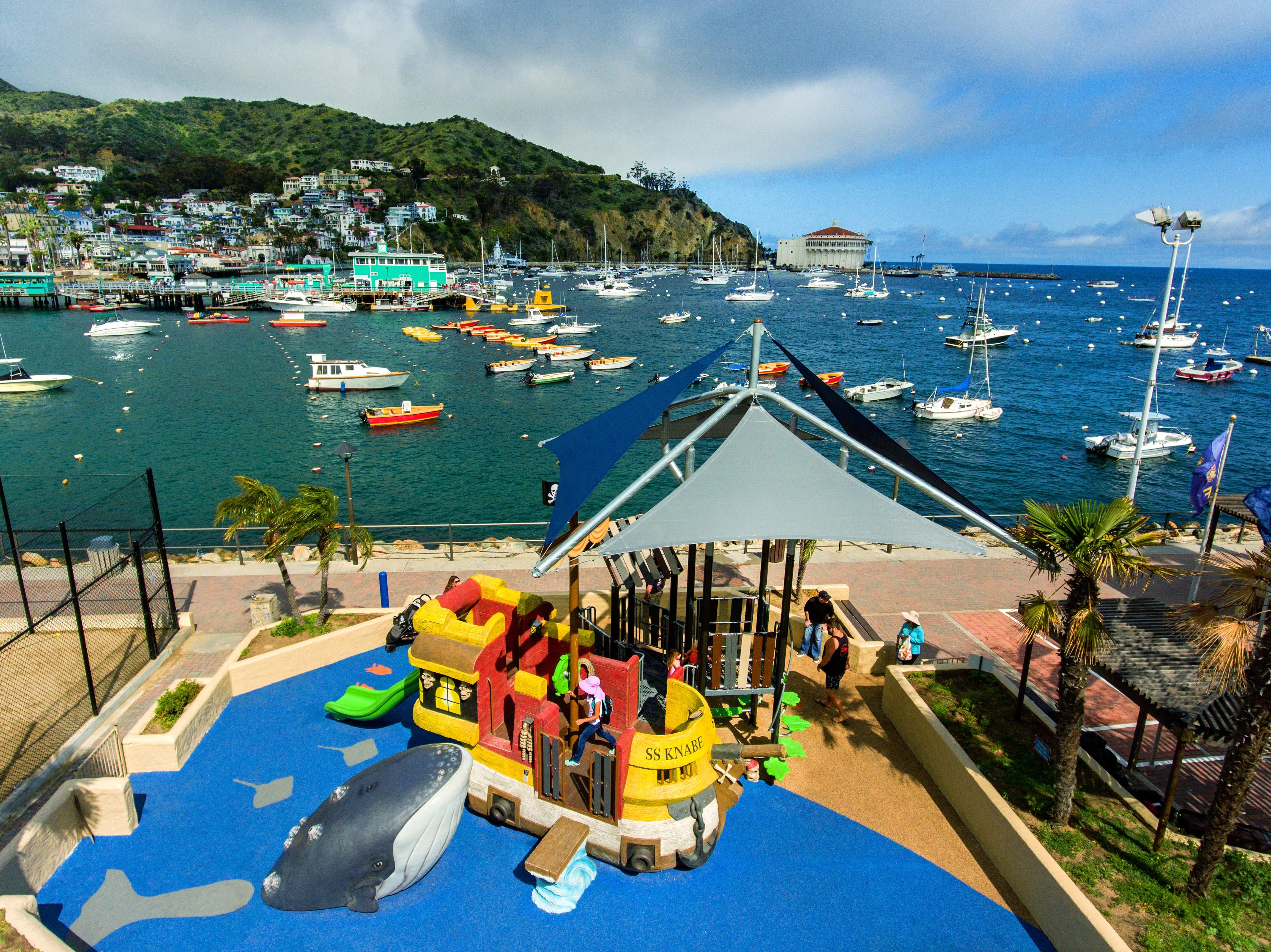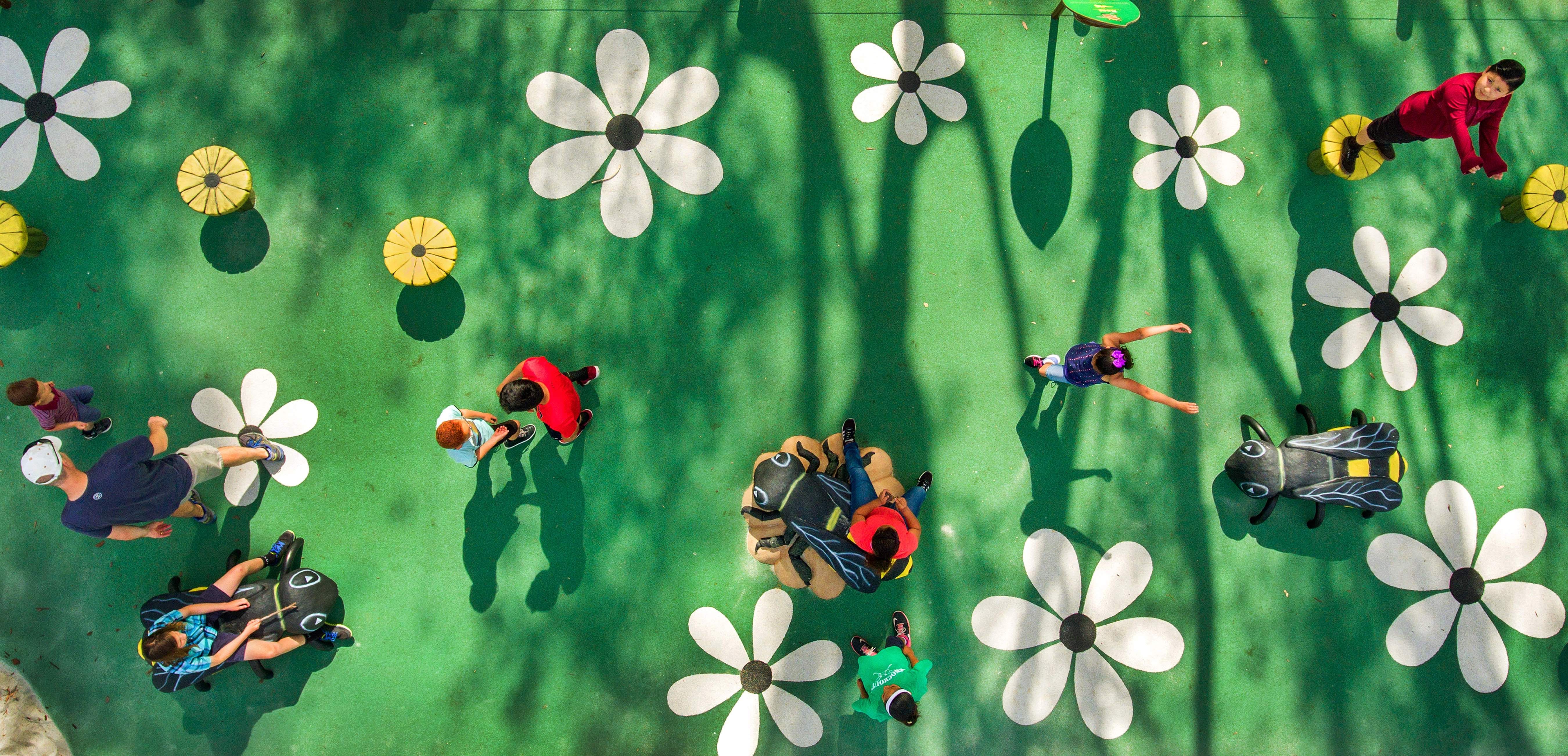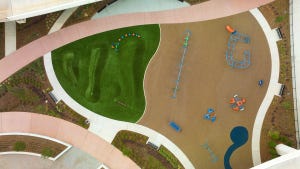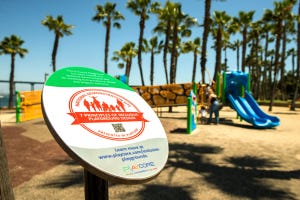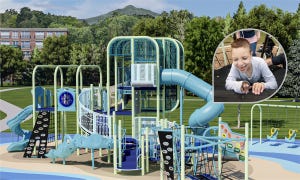Design for the Future
GameTime’s play and recreation experts live, work and play in communities around the world - in 28 countries on six continents. They partner with schools, parks agencies, landscape architects and other recreation advocates to design and build extraordinary play spaces based on research and best practice design principles. Creating play environments that thrill children and provide significant developmental benefits requires a unique set of skills honed over time.
One of GameTime’s most skilled designers is Lewis Painter from Great Western Recreation. His quiet, unassuming personality belies his inner creativity. His designs stretch the boundaries of traditional playground design, and he continually looks for ways to create spaces unlike any other. We talked with Lewis about his design process, what inspires him as a playground designer and what he hopes his designs bring to children and families.
[GameTime]: Lewis, thanks for taking the time to talk with us about your experience designing play environments. How long have you been designing playgrounds?
[Lewis Painter]: I have been involved with the creation of play spaces for more than 20 years. My first experience was in 1998 when I started building and installing playgrounds. This provided important foundational knowledge of how to build spaces, and it gave me critical insight as I transitioned into design in 2004.
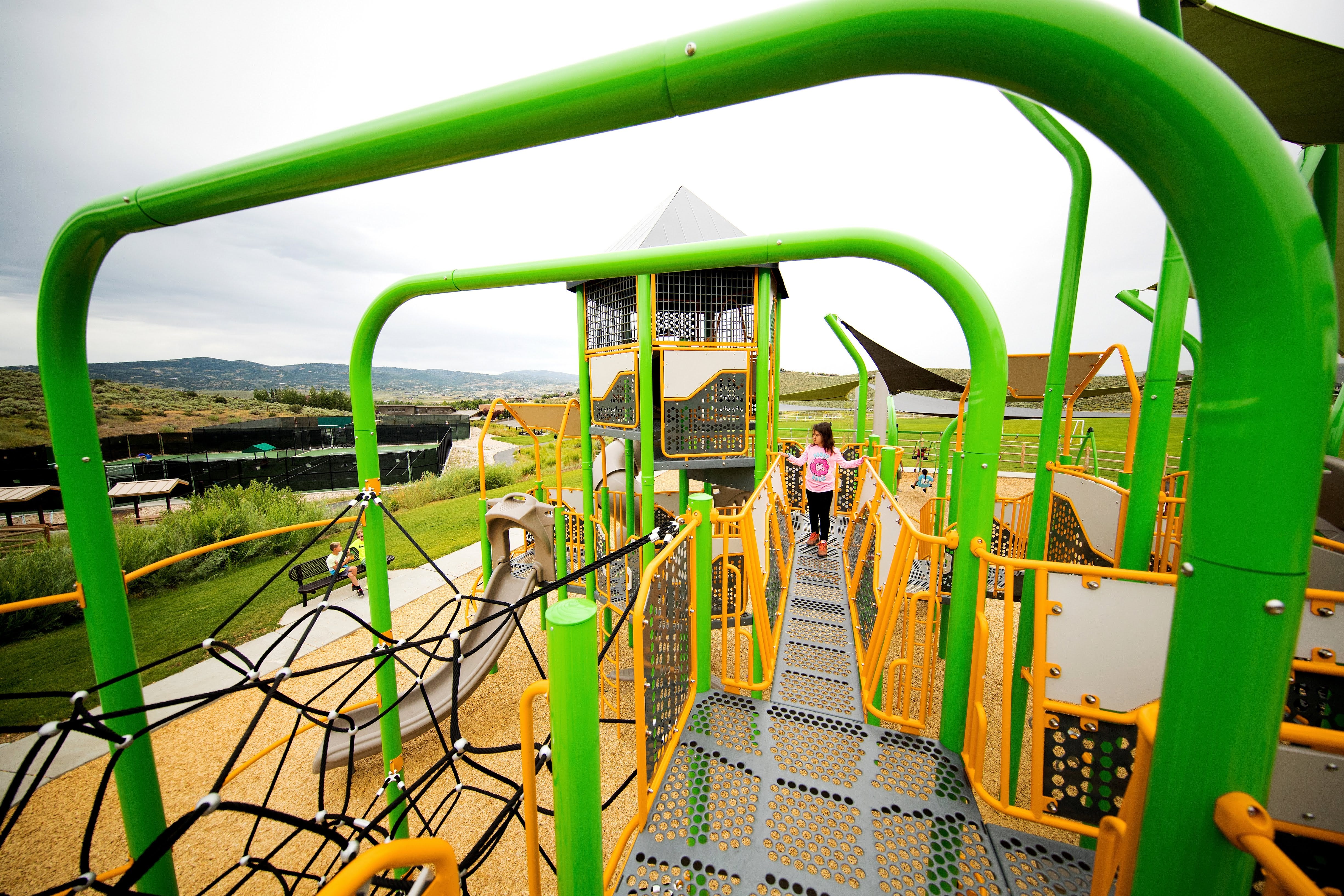
Lewis mixes shapes, patterns and materials to create visual appeal and to draw children to various play activities.
[GT]: What drives your creative process? What is the primary inspiration for how you design a play area?
[LP]: The main driver for me is envisioning how children will utilize the space. Incorporating elements that create positive challenges and spark imagination is critical to the success of each play space. Understanding how children use the area provides a foundation to create a design that facilitates social interaction between peers. Each of us has a fundamental desire to build connections with those around us. The playground isn’t just a place for physical development. Although physical skills are learned and very important to a play space, it is also where children stretch their social, mental, and emotional capacity as well.
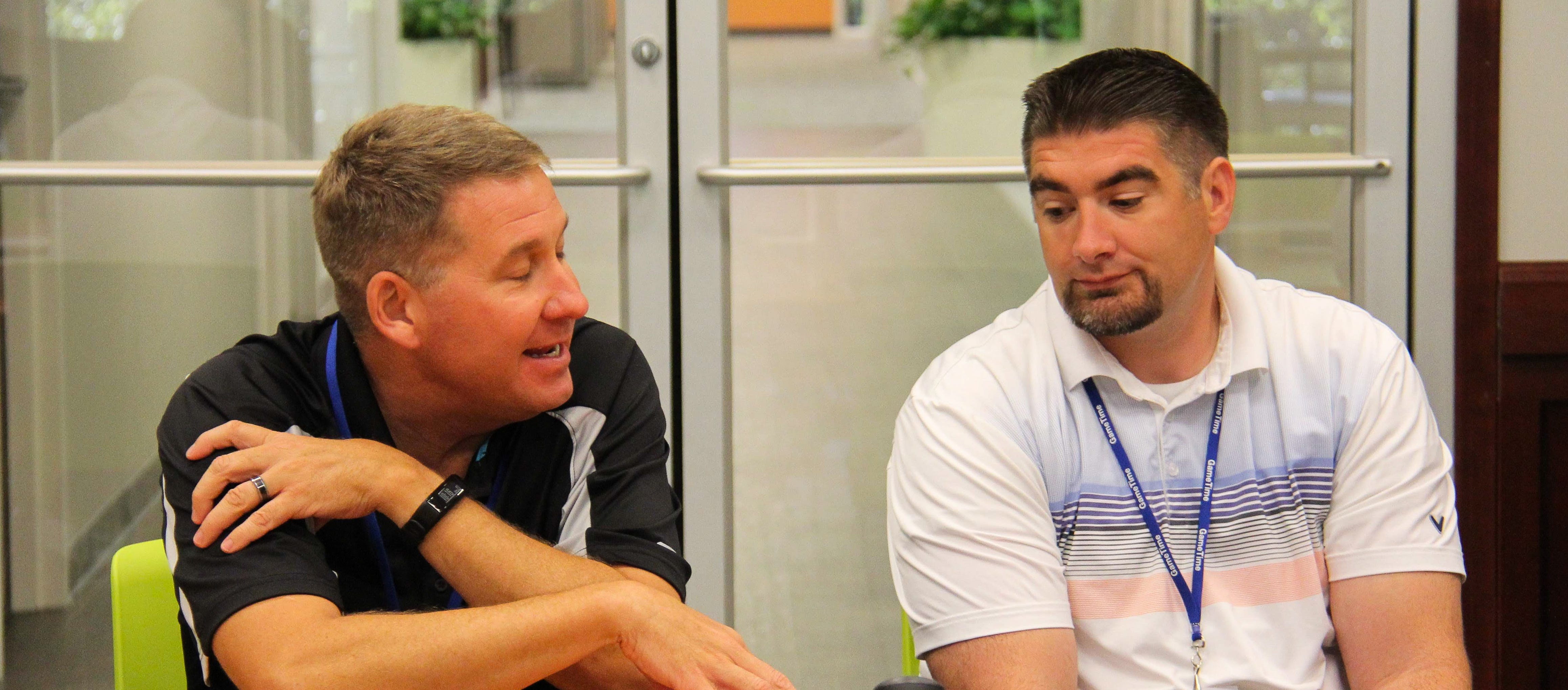
One of the most important skills as a designer is listening to the needs of the customer. Lewis Painter (right) consults with customers and seeks input from a broad range of stakeholders as he develops play space designs.
[GT]: What types of products and materials do you design with most often, and why do you use them?
[LP]: I try to approach each space individually and think about materials and/or products that will best complement that space. Utilization of custom concrete elements helps build durable spaces with rich texturing. It can also provide a connection to a unique theme or story. Some spaces lend themselves to a more modern visual style or advanced levels of play. Selecting the right components and materials is critical to the user experience and to achieving desired outcomes.
By allowing the surrounding environment to inform the design of the play environment, Lewis is able to create complementary spaces that are visually appealing and connect people to the history, culture or geography of the physical location.
[GT]: What has changed most about the way you design play areas? How have people changed the way they use playgrounds in the past 5 or 10 years?
[LP]: One of the most critical shifts in playground design is a thoughtful process of ensuring we utilize a "Child First" design philosophy. Playgrounds have shifted from a fringe recreation area to a central community space. Play environments are critical anchor points where people come together and gain a stronger sense of community at every age.
[GT]: Who are you thinking about when you design a playground? Is it just the children who will play on the equipment, or do you consider other family members/generations?
[LP]: It is essential to consider all the users that will be utilizing the space. Each individual has to be comfortable in the environment. We want people to spend as much time in the space as possible so they can enjoy all the benefits (physical, social, cognitive, etc.) of the design. And if someone has a positive experience, they are more likely to come back again and again. I also think about how to make a space inclusive for everyone to maximize utilization for as many people possible to the greatest extent possible. I want every space to offer something for everyone, regardless of age or ability. Parents and grandparents need spaces where they can interact with their children, grandchildren, and peers in a playful way. I look for areas to include comfortable seating to gather, socialize and observe play. By considering how the space will be used by everyone, it becomes a vital community centerpiece that impacts a broader cross-section of the community.
Not all playgrounds include traditional play structures. At this Play Trail in California, Lewis combined freestanding, themed concrete bee climbers and flower steppers to create a fun and educational play space.
[GT]: Why is thoughtful and creative design important to a playground? What are the added benefits for the users when you take the time to design something out of the ordinary?
[LP]: I believe it’s important to stretch ourselves to create better and unexpected designs to expand play possibilities for future generations. Children today will build upon the foundation we lay for them now. Children learn and grow in so many ways as they interact with other people on the playground. Being active generates many positive life habits, both physically and mentally. As we engage in physical activities, our brain also becomes more active, and our capacity for growth increases. Gaining a greater understanding of the essential nature of play helps us to put the appropriate focus on the creation of these vital spaces. Well-designed play environments help us build upon our relationships and create memories with those who are closest to us - memories that last a lifetime.

